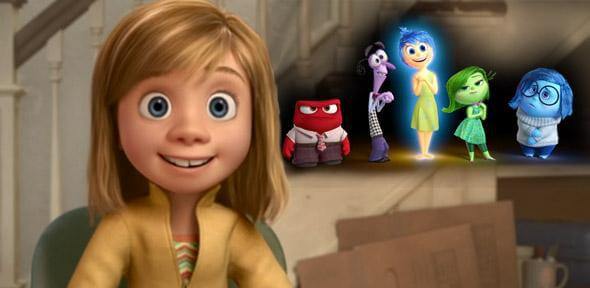I have always loved Disney movies. They tap into our collective experiences and invite us to dream, hope, love, have joy, and to never give up. As a psychologist and a clinician treating adults with trauma abuse and neglect history, Inside Out holds a special place in my heart. Not only is it entertaining, but it provides a relatable framework for understanding how we develop and a launching pad for discussing how trauma from long ago can impact who we are today and also outlines how we can initiate healing and change.
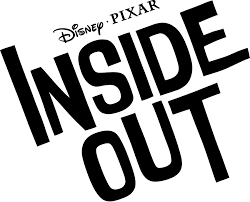
Inside Out tells the story of the internal experiences of Riley, a 12 year old girl who recently moved to a new city with her family. It shows us that we all have different parts to our personality and that those parts are formed during particularly salient moments in our life.

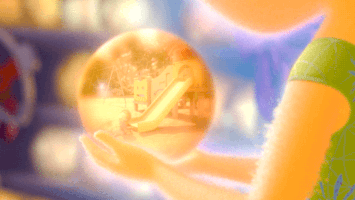
Those parts inform who we are, how we behave, and how we filter the world and relationships around us. Riley’s emotions – Joy, Sadness, Anger, Fear and Disgust – learn that they each play an important role in helping Riley navigate the world and this leads to deeper connection with her family and better adjustment to her new school. As a therapeutic analogy, what Inside Out also shows is how our parts can either be fragmented – separated from one another, working in isolation or even against each other – or working in concert with one another.
In ideal human development, we learn through social interaction how to orient ourselves to the world and understand, in age appropriate stages, how to successfully navigate any situation. But, since none of us live in an ideal world, we end up with parts that activate us to behave defensively. Our history leads our sad, angry, embarrassed or fearful parts to run us at times.
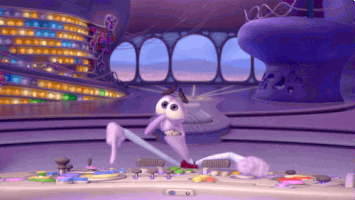
This isn’t perfect, but it is not a problem as long as we learn to honor each of our parts for their gifts and give them a place at the control panel so that we can be informed about how to best navigate in-ideal situations. Contrast the images of Riley’s parents and their integrated control panels with Riley’s evolving panel.

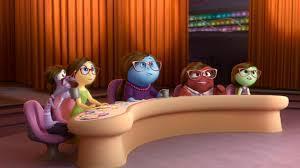

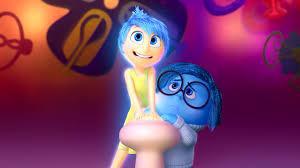


Health is sometimes a matter of integration. And, because none of us are perfect (or perfectly integrated), it’s a matter of learning to take responsibility, apologize, reset, and reconcile when our defensive parts hijack us and lead to problematic interactions.
Inside Out shows us the ideal way to continue on a path towards integration. Messy circumstances, and even our own mistakes, eventually lead us back to connection with others and better orientation to ourselves and the world around us. Joy learns that even Sadness is needed to bring authenticity to interactions and that this elicits empathy from and connection to others.
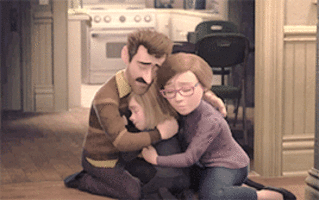
But what happens for those of us with less than ideal interactions? What happens when trauma interrupts this process? For the sake of this article, I’m going to define trauma as any event that initiates our fight or flight system combined with circumstances that prevent that reconnection to ourselves and others. In other words, it is when something bad happens and we get stuck in a problematic pattern but are never taught or learn a healthier way to get through. It is when a part is created in a moment of danger, but is removed from the control room by an invalidation or lie that disorients the rest of our experiences and fragments us from that part.
Our parts can be fragmented through passive responses like neglect or dismissiveness or through active responses like blame and continued abuse. “That never happened.” “Why are you overreacting?” “You deserved this.” “Never tell anyone what happened.” We take those social cues to mean that this part of us – often a loud, sad, angry or frightened part – is invalid. We believe it’s a broken signal that we should ignore.
Just like Joy tried to keep Sadness away and even create a space – the circle of Sadness – where Sadness was supposed to stay so she could not influence how the rest of Riley’s parts navigate the world, our bodies do something that is smart and good for short term survival. When a danger signal is invalidated enough we begin to filter out those signals so they don’t destroy us. Because we can not fight back or escape, we freeze up, shut down, push everyone away, or even distract ourselves with substances or food choices. The more extreme the circumstances, the more we fragment our control center and the more parts of ourselves are banished to another space for a time.
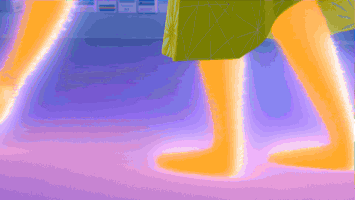
But just like Joy, we eventually find out we cannot ignore or get rid of those parts. Processes that allow us to survive difficult times are smart and good and normal, but if we remain fragmented long term it will lead to problematic interactions with the world and others. This is usually when people seek out treatment.
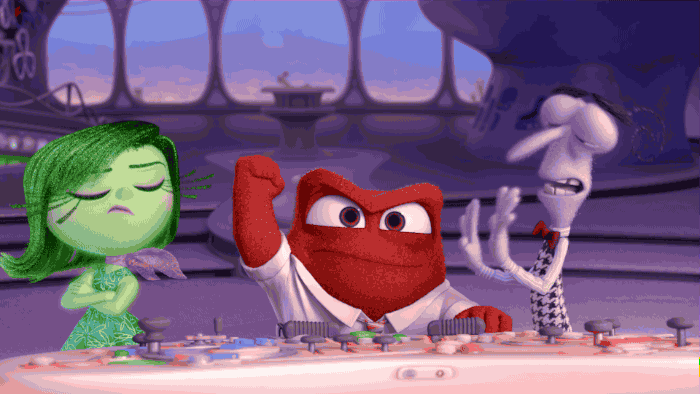
When trauma history is revealed in early sessions, people have varied responses. “Why would I want to revisit that?” “That was so long ago, it shouldn’t be impacting me now.” “I’m sure that impacts me, but I would really like to address my current situation first.” While it is often not necessary to spend large amounts of time digging through specific painful memories in therapy, it is important to know that our past experiences inform our current reactions and responses. What is especially important for a trauma survivor to know is that even when those parts are so fragmented off that we no longer recognize them as part of ourselves, they still have access to drive us.
I have heard clients describe it as feeling like another person takes them over at times. Yes! You are describing it perfectly accurately! Imagine if you are watching television and someone in another room uses an app on their phone to change the channel. You are still holding the remote, but your focus has been changed for you and your interactions are being driven by a force that seems out of your control. It can be disorienting and distressing, confusing and crazy making. But, when you realize that it is another person – a friend trying to connect with you – the experience becomes less distressing or can even be humorous.
In therapy, we can bring that person – that other part of you – into the same room, so you can learn to be in relationship with each other. Like Riley’s emotions learned, you can upgrade your control panel so everyone can have an appropriate say, and so have fewer damaging interactions. The intense and defensive parts do not get to drive all of the time, but they do get to have a say. You can learn to honor those parts of you, their protective and connecting gifts, and this will allow you to more often respond to situations rather than reacting.
The process of trauma recovery sounds simple – acknowledge and honor those parts and do what is needed to give them a seat at the control center – but it is not easy. Long-standing patterns of behavior that have served us in some way are difficult to change and the fear and lies that caused us to be fragmented in the first place need to be addressed and challenged. It can be messy and difficult, but with support and grace and guidance, we can learn to initiate healing in a way that leads to more connection with ourselves and others. Disney may often simplify it, but even those with difficult and traumatic histories can survive the process and get to a place where we can again dream, hope, love, have joy, and be proud that we never gave up.


